Smartwatches today do more than track steps—they’ve become tools for training, navigation, and safety. Among all features, GPS is one of the most decisive.
Yet many buyers still confuse built-in GPS with connected GPS, which can lead to the wrong purchase. Let’s look at what truly matters when evaluating GPS features.
What Is a Built-in GPS Smartwatch?

A built-in GPS smartwatch carries its own positioning hardware, allowing it to connect directly with satellites. This independence means the watch records distance, route, and pace even without a phone.
By contrast, connected GPS watches borrow location data from your smartphone. While sufficient for casual fitness tracking, this method depends on carrying your phone and can compromise accuracy in complex environments.
A 2024 Statista survey found that over 60% of smartwatch buyers consider independent GPS a “very important” factor, showing that reliability matters more than accessory functions when it comes to long-term use.
| Feature | Built-in GPS | Connected GPS |
|---|---|---|
| Outdoor accuracy | High | Moderate |
| Requires smartphone | No | Yes |
| Battery impact | Higher | Lower |
| Best for | Runners, hikers, outdoor explorers | Casual, indoor users |
Key Features of Built-in GPS Smartwatches That Really Count
GPS Accuracy and Multi-Satellite Support
Positioning accuracy varies widely. Watches supporting multiple systems like GPS, GLONASS, Galileo, BeiDou provide stronger signal stability.
According to the European GNSS Agency (2023 report), dual-system devices reduce average tracking error from 5–10 meters down to 1–3 meters in urban canyons.
Battery Life in GPS Mode
Battery drain is a common frustration.
A Consumer Reports 2024 review found that entry-level models last about 12 hours in GPS mode, mid-range units 25–35 hours, and endurance-focused devices up to 70+ hours. The choice should match your longest activity: a daily run, a marathon, or a multi-day hike.
Sports and Fitness Tracking
Built-in GPS enriches training by providing pace accuracy, split tracking, and elevation data. A YouGov survey found that 41% of runners rated “accurate distance and pace measurement” as the most important factor in choosing a smartwatch, higher than sleep or stress tracking.
Navigation and Offline Maps
Navigation is not just convenience—it can be a safety feature.The Journal of Outdoor Recreation and Tourism noted that hikers using devices with offline navigation reported 35% fewer incidents of getting lost compared to those without.
Features such as breadcrumb trails or “back-to-start” functions turn a watch into a true outdoor companion.
Waterproofing and Durability
For outdoor athletes, water and impact resistance are critical.
According to Statista’s Wearable Survey 2024, durability was ranked the second most important purchase factor after battery life. Certifications like 5ATM/10ATM water resistance and MIL-STD-810H ensure the device survives rain, sweat, and accidental drops.
The decision comes down to independence. If your activities take you outside regularly, built-in GPS provides peace of mind and reliable data.
How to Choose the Right Built-in GPS Smartwatch
Choosing a smartwatch is about more than comparing specs—it’s about aligning features with your needs. Here’s how to do it:
Define your activity
- Runners need pace accuracy, lap tracking, and elevation data.
- Hikers should prioritize navigation tools, offline maps, and return-route functions.
- Swimmers and triathletes require strong waterproofing at least 5ATM.
Set your budget
- Under $100: Entry-level built-in GPS watches are suitable for beginners who just want basic tracking—enough for daily runs or casual walks.
- $150–300: In this middle tier, you get watches with stronger positioning accuracy, multi-satellite support, and better battery life. For instance, the KOSPET Tank T3 Ultra delivers up to 12–15 days of regular use and supports dual-band GPS with multiple satellite systems.
- $400+: Premium watches in this range add advanced navigation features like offline maps, rugged construction, extended battery modes, and more consistent performance under extreme conditions.
Check Durability and Standards
A GPS watch should survive the same environments you train in.
- Waterproofing: 5ATM for swimming, 10ATM for diving.
- Military-grade certification MIL-STD-810H: Tested against drops, dust, and temperature extremes.
- Scratch resistance: Sapphire or hardened glass prevents data visibility issues mid-run.
These are not luxuries—they determine how long your watch will actually last in real-world use.
Match battery life to your routine
If your longest activity is a 90-minute run, most watches will do. For ultramarathons or multi-day treks, ensure your watch offers at least 40–60 hours of GPS mode endurance.
Conclusion
A smartwatch can send notifications or track sleep, but GPS is what makes it a reliable tool for performance and safety. Built-in GPS offers accuracy, independence, and long-term value that connected GPS cannot match. Focus on the features that count—accuracy, endurance, navigation, and durability—and you’ll invest in a watch that supports you in every run, hike, or ride.

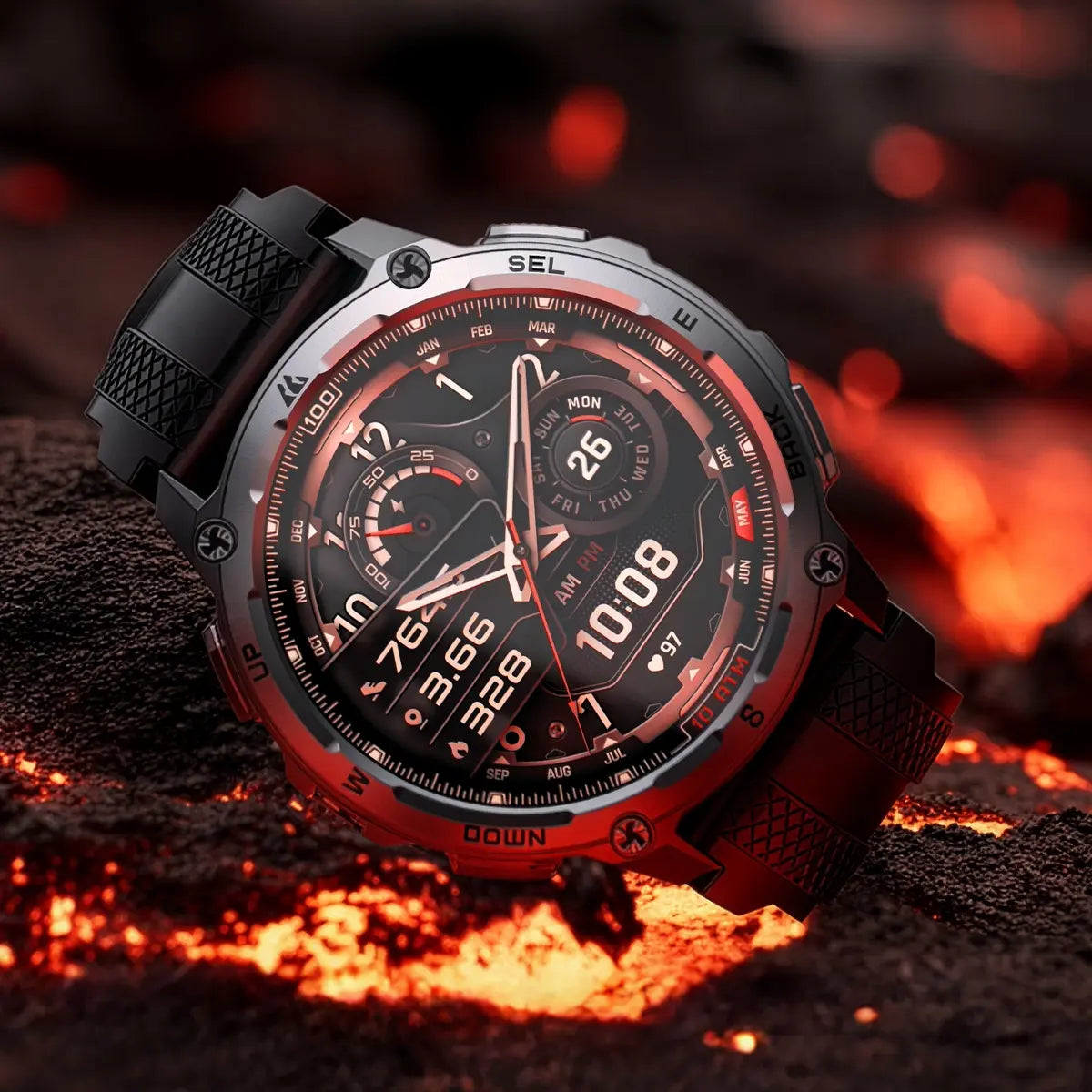
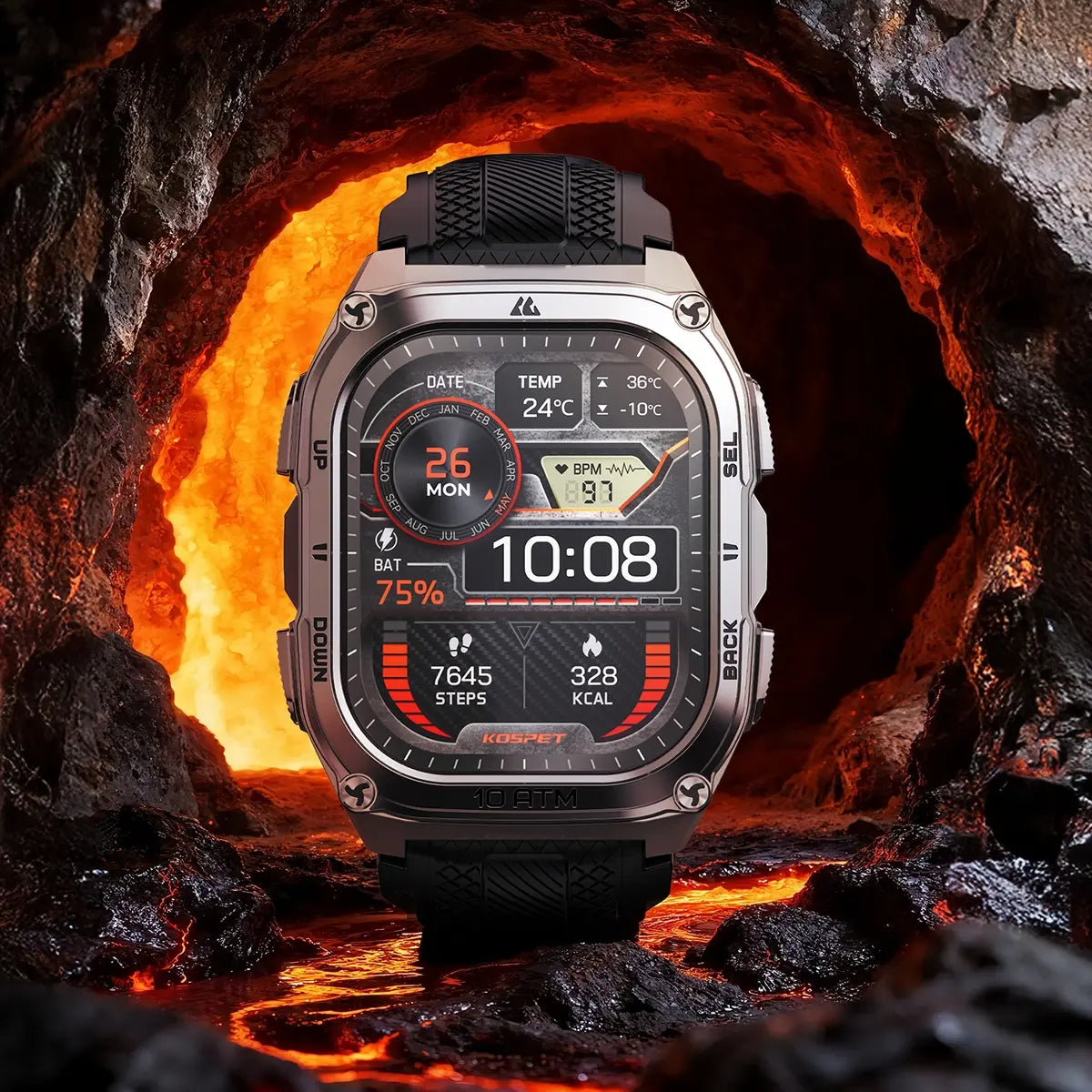
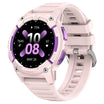
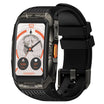
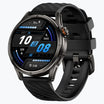
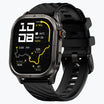
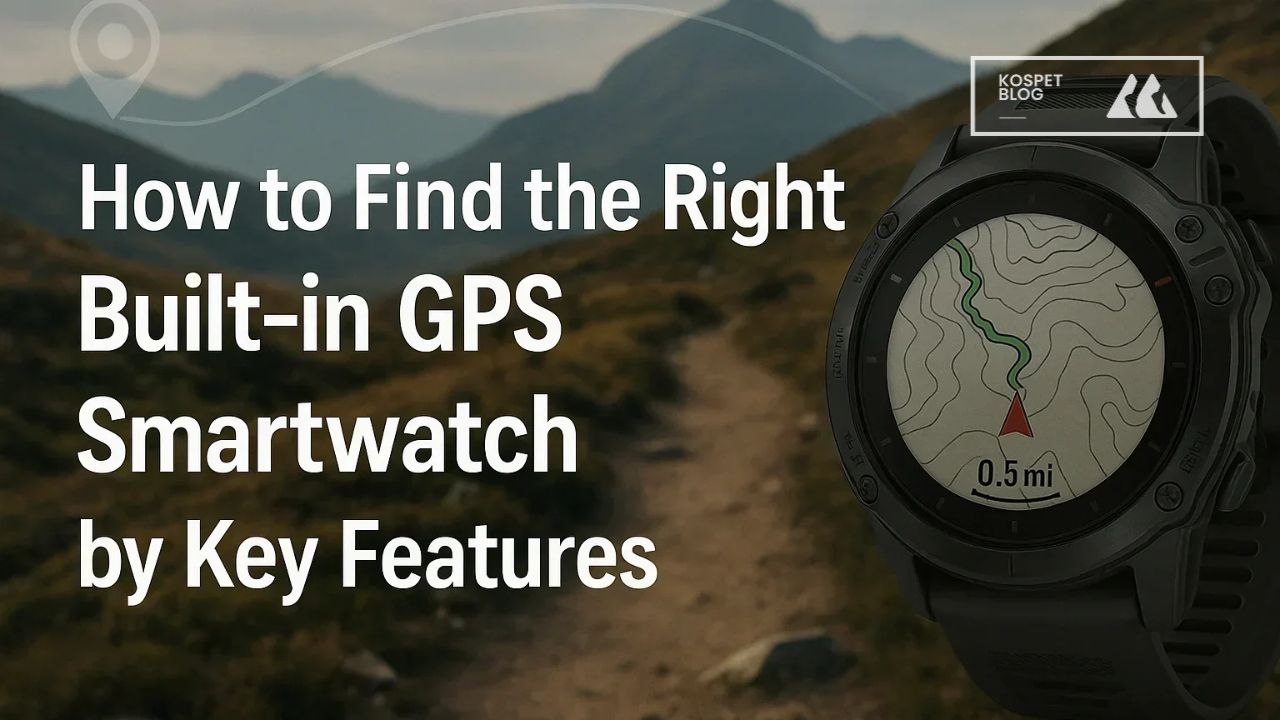
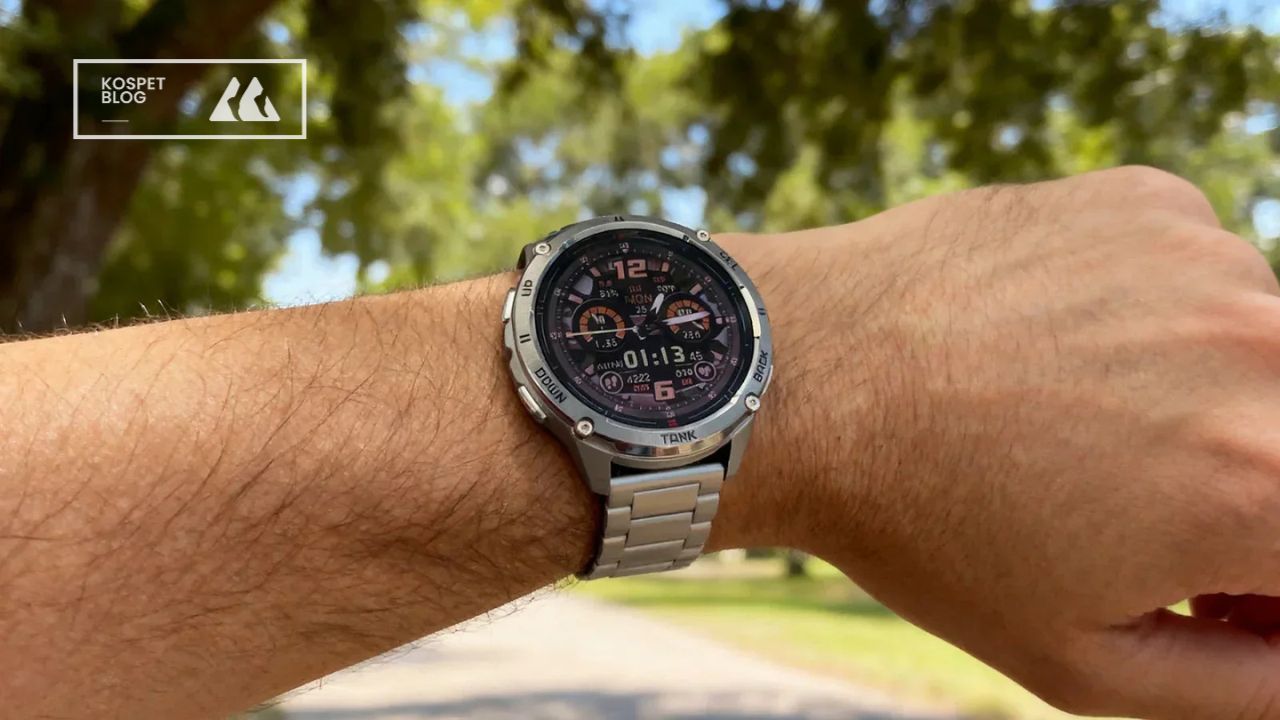





Leave a comment
All comments are moderated before being published.
This site is protected by hCaptcha and the hCaptcha Privacy Policy and Terms of Service apply.